 © IDF (Europe) 1998
© IDF (Europe) 1998 © IDF (Europe) 1998
© IDF (Europe) 1998| Detection and surveillance of kidney problems and blood pressure are a routine part of Annual Review |
Measure urinary albumin excretion yearly ( if not proteinuric ) using :
If ratio >2.5 mg/mmol ( >30 mg/g ) in men or >3.5 mg/mmol ( >40 mg/g ) in women
Check for infection and consider other renal disease if proteinuria positive
Measure serum creatinine yearly ( more often if abnormal )
Measure blood pressure yearly for surveillance purposes ( sitting, 1st/5th sounds, 5 min rest )
Treat aggressively with a target of <130/80 mmHg or lower if easily attained
Maintain good blood glucose control and tight arterial risk factor control
Treat urinary infections aggressively; consider papillary necrosis if recurrent
Arrange early evaluation by a nephrologist ( at creatinine <200-300 Ámol/l ( <2.5-3.5 mg/dl ) )
| No patient should be excluded from renal replacement programmes solely on the basis of having diabetes |
| Detection and surveillance of eye problems are a routine part of Annual Review |
Measure or assess yearly :
Reassess after shorter interval ( 3-6 mo ) if :
16.2 Eye disease management
Refer to ophthalmologist if :
Review and intensify management of :
Attend to the psychological and social aspects of visual impairment where it develops
| The primary management of diabetic eye disease is by careful attention to blood glucose control targets from the time of diagnosis |
| Detection and surveillance of foot problems are a routine part of Annual Review |
Examine yearly :
Assess yearly :
Categorize as :
| 1. foot ulcer | : | active foot ulceration, OR |
| 2. high risk | : | neuropathy or vascular disease or previous ulcer, OR |
| 3. at risk | : | defkrmity or self-care problem or simple skin problem, OR |
| 4. low current risk | ||
Monitor related factors ( blood glucose control, claudication, drug therapy, smoking )
17.2 Foot management - preventative
High risk foot
Involve a specialist in diabetes foot care
Provide :
Involve your local diabetes foot team without delay
Use local measures including :
|
|
Use systemic and proximal measures including :
Reserve amputation for :
Foot ulceration is usually preventable
| Amputation, even if foot ulceration occurs, is nearly always preventable
| |
| Detection and surveillance of nerve damage are a routine part of Annual Review |
Enquire for other manifestations of autonomic neuropathy if :
Counsel for the depressing and disabling nature of the condition
Consider initially :
Consider therapeutic trials of :
Erectile impotence
Gastroparesis
Diabetic nocturnal diarrhoea
Gustatory sweating